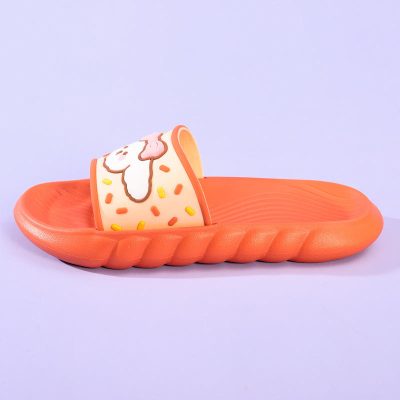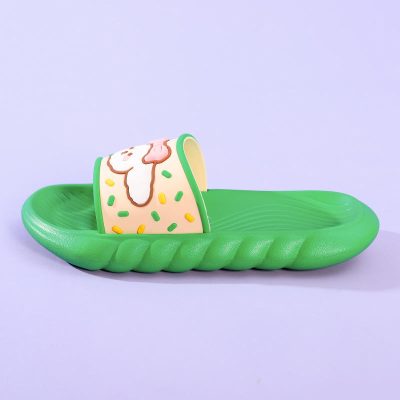Non-slip slipper soles are essential for ensuring safety and preventing accidents, especially on smooth or slippery surfaces. Here are some features and materials to look for when choosing slipper soles with excellent traction:
1. Rubber Outsoles:
- High Traction: Rubber outsoles provide excellent grip and traction on various surfaces, including hardwood, tile, and laminate flooring.
- Durable: Rubber is a durable material that withstands wear and tear, ensuring long-lasting slip resistance for indoor and outdoor use.
2. Textured Patterns:
- Deep Tread Patterns: Slipper soles with deep and multidirectional tread patterns offer enhanced traction and stability, reducing the risk of slips and falls.
- Grippy Texture: Look for slipper soles with textured surfaces or raised patterns that provide additional grip on slippery surfaces.
3. Anti-Slip Treatments:
- Coatings: Some slipper soles feature anti-slip coatings or treatments applied to the surface to improve traction and grip.
- Chemical-Free Options: Choose products with environmentally friendly anti-slip treatments that are safe for use around pets and children.
4. Non-Slip Materials:
- Specially Designed Materials: Slipper soles made from non-slip materials, such as high-friction rubber or thermoplastic elastomers (TPE), offer superior grip and stability.
- Water-Resistant: Non-slip materials often have water-resistant properties, preventing moisture buildup and maintaining traction in wet conditions.
5. Wide Base and Stable Construction:
- Wide Outsole: Slippers with a wider base provide more stability and balance, reducing the risk of tipping or slipping.
- Stable Construction: Look for slipper soles with reinforced construction and sturdy materials that offer stability and support for safe indoor movement.
6. Arch Support and Cushioning:
- Arch Support: Slipper soles with built-in arch support help promote proper foot alignment and reduce the risk of slips caused by foot fatigue or instability.
- Cushioning: Adequate cushioning in the sole absorbs impact and provides comfort while maintaining stability and balance.
7. Sizing and Fit:
- Secure Fit: Ensure that your slippers fit snugly and securely to prevent slipping inside the shoe, which can contribute to accidents.
- Adjustable Straps: Slippers with adjustable straps or closures allow for a customized fit and help keep the foot securely in place.
8. Regular Maintenance:
- Cleaning: Keep your slipper soles clean and free of debris to maintain optimal traction and grip. Regularly remove dirt, dust, and moisture to prevent buildup that can reduce slip resistance.
Conclusion:
Prioritizing safety with non-slip slipper soles is essential for preventing accidents and injuries, particularly on smooth or slippery surfaces. By choosing slipper soles with features such as rubber outsoles, textured patterns, anti-slip treatments, and stable construction, you can ensure reliable traction and stability for safe indoor movement. Additionally, proper sizing, fit, and regular maintenance contribute to maintaining slip resistance and ensuring a secure and comfortable wearing experience.


















